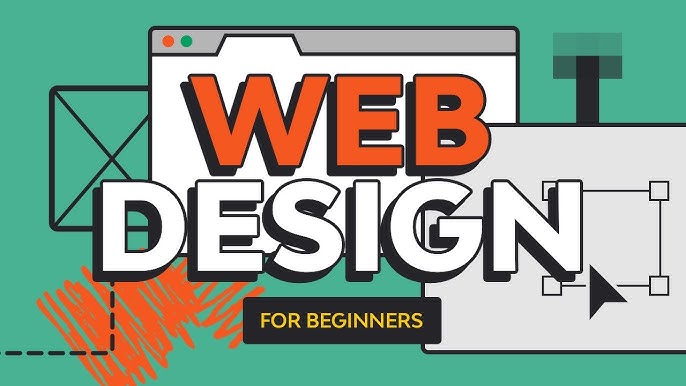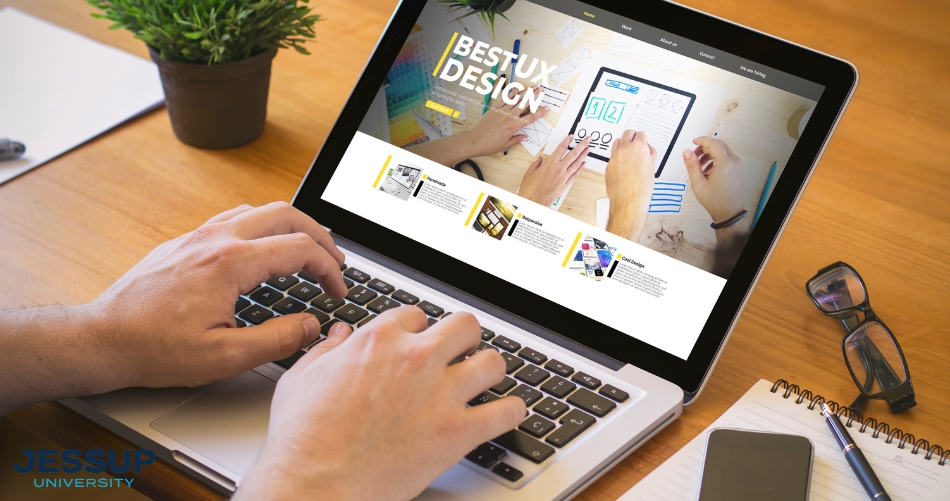Aligned Position Web Design: Transform Your Online Presence with Expert Web Design Services
Aligned Position Web Design: Transform Your Online Presence with Expert Web Design Services
Blog Article
The Most Effective Kinds Of Website Design to Improve Customer Experience and Interaction
In the ever-evolving landscape of digital interaction, the efficiency of Web style dramatically influences user experience and interaction. Different style strategies, such as minimal, receptive, and interactive formats, each deal unique benefits that can provide to varied customer demands.
Minimal Website Design
As electronic landscapes come to be significantly chaotic, minimal website design has actually emerged as a powerful technique to boosting customer experience. This style ideology focuses on simpleness, concentrating on crucial components while getting rid of unnecessary distractions. By making use of ample white room, uncomplicated navigating, and a limited color palette, minimalist layout promotes clearness and directs customer focus to key content.
The core concept of minimalist Web layout is to produce a smooth communication for individuals. By minimizing cognitive tons, users can promptly grasp details without feeling overwhelmed. This straight method not just boosts use but additionally motivates engagement, as site visitors are extra likely to discover a website that is simple and visually attractive to navigate.
Additionally, minimal design commonly emphasizes typography and imagery, using these elements tactically to convey messages effectively. This emphasis on necessary components can improve brand name identity and develop an unforgettable user experience. Basically, minimal Web style is not simply a trend; it is a thoughtful technique that acknowledges the relevance of user-centered design. By removing nonessential components, designers can create a much more interesting, efficient, and satisfying Web experience for all users.
Receptive Web Design
In today's varied electronic setting, receptive website design has actually become necessary for creating a seamless user experience throughout a multitude of devices. As users access sites on mobile phones, tablet computers, desktop computers, and laptop computers, the capacity of an internet site to adjust its format and web content to different display dimensions and resolutions is critical.
Receptive website design uses adaptable grids, photos, and CSS media inquiries to guarantee that Web material is provided efficiently, despite the device made use of. This strategy not just boosts the aesthetic appeal of a site however also dramatically boosts use. Individuals are a lot more likely to involve with a site that uses a constant experience, as it gets rid of the irritation of needing to focus or scroll excessively.
By adopting responsive design, organizations can enhance their presence and reach a more comprehensive audience. In recap, receptive Web style is a fundamental technique that enhances individual experience, involvement, and overall fulfillment.
Interactive Website Design
Receptive website design lays the foundation for boosting user experience, yet interactive Web design takes this an action better by involving users in a much more vibrant way - Aligned Position Web Design. By integrating aspects such as computer animations, clickable prototypes, and real-time feedback, interactive website design astounds users, drawing them into a richer browsing experience
This approach not only fosters interaction but likewise motivates linked here users to check out material proactively as opposed to passively consuming it. Techniques such as gamification, where users make benefits for finishing jobs, can considerably enhance the moment invested on a site and boost total complete satisfaction. Interactive functions can simplify complex information, making it more digestible and delightful.

Incorporating interactive style components can additionally result in greater conversion rates, as individuals are more probable to engage with a site that proactively entails them. Aligned Position Web Design. Ultimately, interactive website design transforms customer experiences into remarkable trips, guaranteeing that site visitors return time after time
Flat Style
Defined by its minimalistic strategy, level layout emphasizes simplicity and performance, removing away unneeded components and concentrating on essential features. This design approach focuses on use, making certain that customers can browse user interfaces with convenience and efficiency. By utilizing a clean aesthetic, flat layout removes the mess frequently discovered in much more ornate styles, thereby enhancing customer concentrate on content and capability.
The characteristic of level style depends on its use of bold shades, basic typography, and geometric forms. These aspects contribute to an aesthetically attractive interface that is both friendly and contemporary. Additionally, flat design fosters a feeling of clearness, allowing customers to recognize essential actions and details without important link diversion.
Moreover, flat layout is particularly effective in receptive Web layout, as its simplicity translates well throughout various devices and display dimensions. By focusing on vital functions, level design not only satisfies customer demands but additionally motivates smooth communication, making it a vital component of efficient Web layout methods.
Flexible Website Design
Adaptive website design personalizes the user experience by producing several dealt with formats customized to different screen sizes and tools. Unlike responsive design, which fluidly adjusts a single design, adaptive style employs unique designs for certain breakpoints, ensuring optimal presentation on various systems. This approach allows designers to concentrate on the unique qualities of each device, improving use by providing specifically what individuals require based upon their context.
One of the main advantages of flexible website design is its capability to enhance lots times and efficiency. By offering customized material and images that fit the user's device, web sites can lessen data usage and improve loading rates. This is specifically beneficial for individuals with slower connections or restricted information plans.
Additionally, flexible style facilitates Related Site a much more regular and regulated branding experience. Given that designers develop multiple layouts, they can guarantee that the aesthetic aspects straighten with the brand name's identity across different platforms - Aligned Position Web Design. This causes a cohesive user experience, improving involvement and advertising user retention
Final Thought
To conclude, the combination of minimalist, receptive, and interactive Web style principles dramatically enhances individual experience and engagement. Minimal design cultivates clarity and emphasis, while responsive style ensures flexibility across different tools, advertising availability. Interactive layout astounds customers via vibrant aspects, motivating expedition and customization. Collectively, these design approaches contribute to the production of straightforward settings that not only enhance complete satisfaction yet also drive greater conversion prices, emphasizing their essential relevance in contemporary website design approaches.

Minimalist style fosters clarity and emphasis, while receptive design makes certain flexibility across numerous tools, promoting access. Jointly, these style comes close to add to the development of straightforward atmospheres that not only boost contentment however also drive greater conversion rates, emphasizing their essential relevance in modern Web style methods.
Report this page